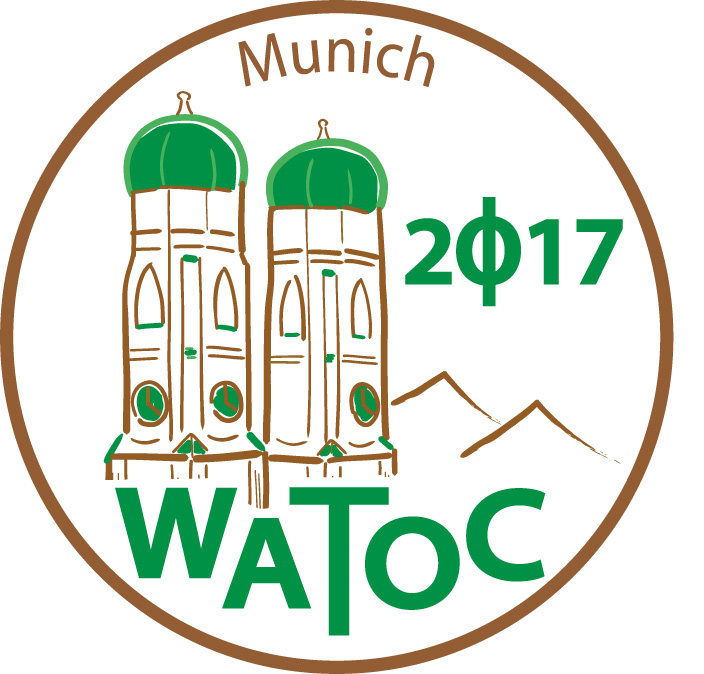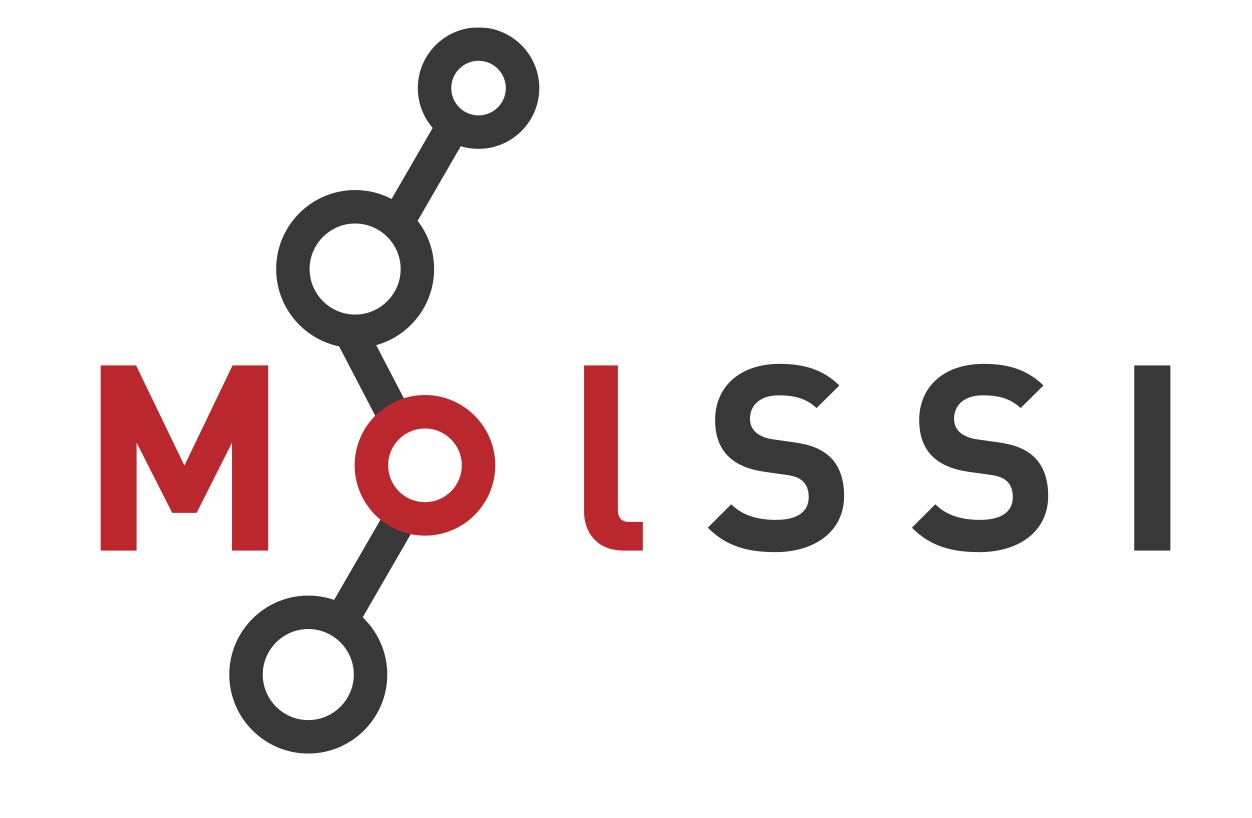Soft-Sphere Continuum Solvation in Electronic Structure Calculations
Giuseppe Fisicaro (Department of Physics, University of Basel)
L. Genovese (Laboratoire de simulation atomistique (L_Sim), SP2M, INAC, CEA-UJF, Grenoble, F-38054, France)
O. Andreussi (Institute of Computational Science, Universita’ della Svizzera Italiana,Via Giuseppe Buffi 13, CH-6904 Lugano)
N. Marzari (Theory and Simulations of Materials (THEOS) and National Center for Computational Design and
Discovery of Novel Materials (MARVEL), École Polytechnique Fédérale de Lausanne, Station 12, CH-1015 Lausanne)
S. Goedecker (Department of Physics, University of Basel, Klingelbergstrasse 82, 4056 Basel, Switzerland)
An implicit solvation approach is presented to handle solutes and surfaces in
contact with dielectric environments and electrolytes in electronic structure
calculations. The interface between the quantum-mechanical solute and the
surrounding environment is described by a fully continuum and differentiable
permittivity, built up with atomic-centered “soft” spheres. It smoothly
connects the inner part of the cavity and the bulk solvent. The electrostatic
problem is solved by means of a recently developed generalized Poisson solver
based on Interpolating Scaling Functions, free of finite difference filters
[Fisicaro et al. J. Chem. Phys. 144, 014103 (2016)]. The continuous function
describing the variation of the permittivity allows to compute analytically the
non-electrostatic contributions to the solvation free energy, function of the
cavity volume and surface [Andreussi et al. J. Chem. Phys. 136, 064102 (2012)].
These contributions as well as all cavity-dependent quantities can be computed
once at the beginning of the wave function optimization, and kept fixed during
the self-consistent DFT cycle. The whole methodology is computationally robust
and gives very high accuracy and parallel efficiency, keeping computational
efforts and runtime at vacuum level. It allows for the exact treatment of
molecular or slab-like geometries as well as the ability to deal with neutral
and charged molecules simultaneously. The solvation model has been extensively
calibrated and tested on neutral and ionic solutes in aqueous environment as
well as on solid-liquid interfaces by means of contact angle benchmarks.
Several applications will be presented on reaction barriers and structure
predictions in solution which prove the powerful of such explicit/implicit
scheme at the atomic scale in terms of accuracy and computational efforts.

